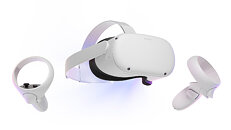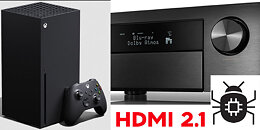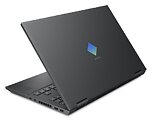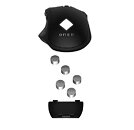
ASUS Debuts New ProArt Creator Display Lineup at NAB 2022
ASUS is pleased to announce the latest lineup of ProArt displays and creative solutions at NAB 2022 in Las Vegas. The ProArt lineup features an array of innovative solutions for creative professionals, work-from-home employees, and remote students. The ASUS ProArt display offerings include the PA32DC, the world's first OLED monitor with auto calibration; PA147CDV with Wacom EMR technology; and ProArt Display PA348CGV, a 34-inch 21:9 UWQHD (3440 x 1440) flat display featuring 120 Hz variable frame rate.
ASUS ProArt Display OLED PA32DC is a 31.5-inch (3840x2160) Pure RGB Stripe OLED monitor designed to meet the needs of creative professionals. It offers true 10-bit color, exceptional Delta E < 1 color accuracy, covers 99% DCI-P3 color space, and has a 1,000,000:1 contrast ratio to provide the deepest black hues and accurate highlights.
ASUS ProArt Display OLED PA32DC is a 31.5-inch (3840x2160) Pure RGB Stripe OLED monitor designed to meet the needs of creative professionals. It offers true 10-bit color, exceptional Delta E < 1 color accuracy, covers 99% DCI-P3 color space, and has a 1,000,000:1 contrast ratio to provide the deepest black hues and accurate highlights.













































































